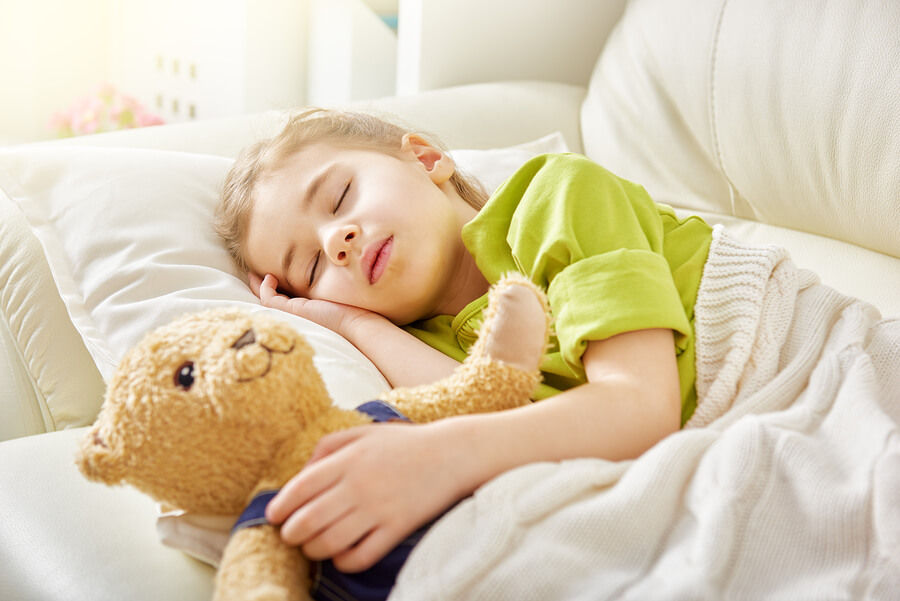It is estimated that one in every four children suffer from sleep apnea, many of which are between the ages of 2 to 8 years old. Sleep apnea affects millions of Americans each year and can be a condition that gets worse over time. But, when your child has sleep apnea, it can be a cause for concern for many parents. The first step is better understanding what sleep apnea is, getting a proper diagnosis, and then seeking out an appropriate treatment.
What is Sleep Apnea?
Obstructive sleep apnea is a sleeping disorder where breathing is repeatedly interrupted during sleep. While sleeping, the breathing is paused briefly for at least ten seconds. This occurs when the muscles in the back of the throat do not function properly to keep the airway open. This can be extremely disruptive to the sleeping cycle and even lower blood oxygen levels.
What are the Symptoms of Obstructive Sleep Apnea in Children?
If you are not around your child while he or she is sleeping, it may be difficult to know whether or not your child is suffering from sleep apnea. One sign that you may wish to monitor your child’s sleep is if you find that your child is unusually irritable or tired throughout the day, or struggling to concentrate or stay focused at school. This can be a sign of sleep deprivation throughout the night.
While sleeping, the most obvious sign of sleep apnea is loud snoring during most nights and snoring that is interrupted by repeated pauses with either gasping or snorting noises, even followed by disruption of sleep. Some children with sleep apnea even experience bed-wetting.
What Causes Sleep Apnea in Children
A common cause of sleep apnea among children is the narrowing of the airway. This can be the result of enlarged tonsils or adenoids. Additionally, studies have also shown that overweight and obese children are at risk of sleep apnea due to fat deposits that are around the airway in the neck and throat region.
Sleep Apnea Treatment Options
If your child is experiencing the symptoms above, it is important to seek medical attention to discuss potential sleep apnea treatment options. Leaving sleep apnea untreated, a child may begin to experience a number of social and physical effects of not getting enough sleep or the proper oxygen in the blood while sleeping.
One option of pediatric sleep apnea treatment is an oral device that is customized to fit your child’s mouth and help your child breathe at night. Another device that is commonly used to treat sleep apnea is what is called a CPAP machine. A CPAP machine, also known as a continuous positive airway pressure machine, gently blows pressurized air through the airway. It prevents the throat from collapsing, the underlying cause of sleep apnea. There are CPAP machines made for children that are easy-to-use and compact.
There are also two surgical options, tonsillectomies (removal of the tonsils) or adenoidectomies (removal of adenoids). If it is believed that enlarged tonsils or adenoids are the cause of sleep apnea in your child, you may elect for surgery to remove these to help treat sleep apnea. Of course, surgery always comes with the risks that come with any surgical procedure, so other conservative options for sleep apnea should be considered or tried prior to electing surgery. Your doctor can and should be able to provide you the best suggested course of treatment for your child.
Sleep Doctor in New York City
Sleep apnea does not have to negatively impact the livelihood or quality of life your child (or you) have. There is help. Contact the sleeping experts at Sleep MD NYC today at 212-661-7077 or send us a message online. The go-to sleep doctor in New York City, including Brooklyn, Queens, Manhattan, Staten Islands and the surrounding communities, the medical professionals at Sleep MD NYC have been helping children with sleep apnea and other sleeping disorders and are here to help! Contact us today to schedule a consultation.


